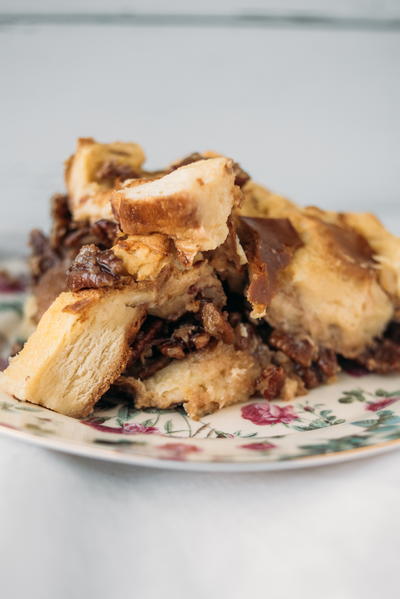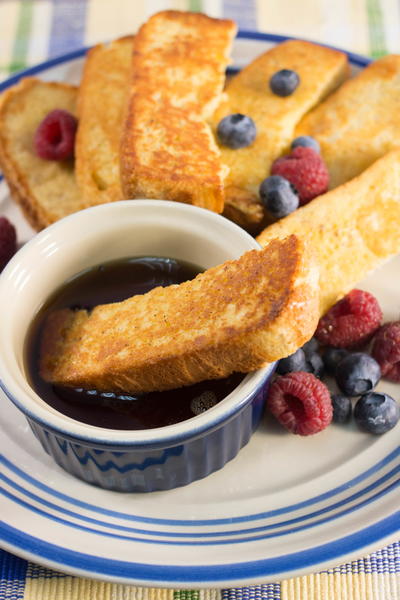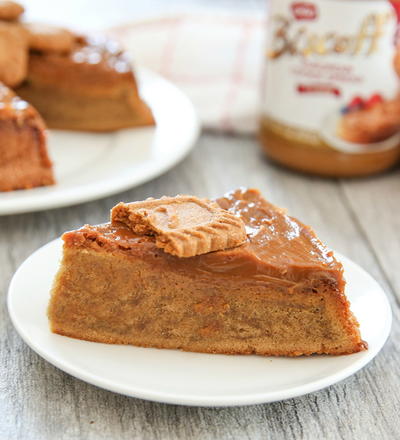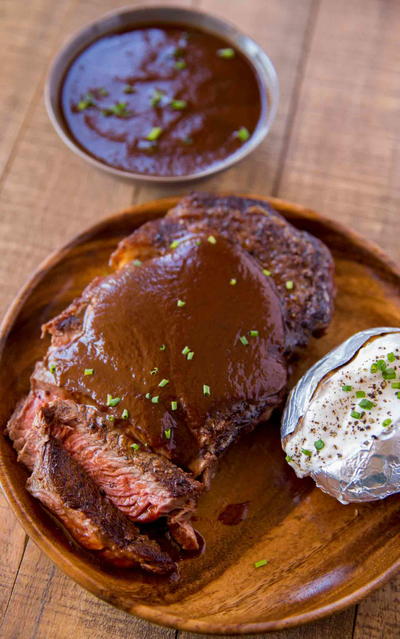
Dough Starter (Sponge)
2 tbsp. water, at room temperature (70° to 90°F)
1 tbsp. sugar
1/4 tsp. instant yeast
1/2 c. unbleached all-purpose flour (use only Gold Medal, King Arthur, or Pillsbury)
1 large egg
Flour mixture
1 c. plus 1 1/2 tbsp. unbleached all-purpose flour (use only Gold Medal, King Arthur, or Pillsbury)
2 tbsp. sugar
1 1/4 tsp. instant yeast
1/2 tsp. salt
2 large eggs, cold
8 tbsp. unsalted butter, very soft
Glaze
3-4 c. powdered sugar
1/4 c. lemon
1-2 tbsp. buttermilk
1 tbsp. poppy seeds
Donuts
2-3 c. rice oil (I used organic safflower oil)
One day or up to 2 days ahead, make the dough.
In the bowl of your stand mixer, place the water, sugar, instant yeast, flour, and egg.
Whisk by hand until very smooth, to incorporate air, about 3 minutes.
The 'sponge' will be the consistency of a very thick batter.
Dough may collect inside the whisk, just shake it out and continue whisking.
If it's too thick to whisk, it means you've added too much flour and will need to add a little of the eggs to be added
Scrape down the sides of the bowl and set it aside, covered with plastic wrap.
Combine the ingredients for the flour mixture and add to the sponge.
In a small bowl, whisk the flour with the sugar and yeast.
Then whisk in the salt (this keeps the yeast from coming in contact with the salt, which would kill it).
Sprinkle this mixture on top of the 'sponge'.
Cover tightly with plastic wrap and let stand for 1 1/2 to 2 hours at room temperature.
During this time, the sponge will bubble through the flour mixture in places, which is OK.
Mix the dough.
Add the 2 cold eggs and mix with the dough hook on low for about 1 minute or until the flour is moistened.
Raise the speed to medium and beat for 2 minutes.
Scrape the sides of the bowl with an oiled spatula and continue beating for about 5 minutes longer
or until the dough is smooth and shiny but very soft and sticky.
It will mass around the dough hook but not pull away from the bowl completely.
Add the very soft butter by the tablespoon
waiting until each addition is almost completely absorbed before adding the next tablespoon,
beating until all the butter is incorporated.
The dough will be very soft and elastic and will stick to your fingers unmercifully,
but don't be tempted to add more flour at this point; it will firm considerably after chilling.
Let the dough rise.
Using an oiled spatula or dough scraper, scrape the dough into a large bowl, greased lightly with cooking spray or oil.
Lightly spray or oil the top of the dough and cover the container with a lid or plastic wrap.
With a piece of tape, mark the side of the container at approximately where double the height of the dough would be.
Allow the dough to rise until doubled, 1 1/2 to 2 hours.
Chill the dough.
Refrigerate the dough for 1 hour to firm it; this will prevent the butter from separating.
Gently deflate the dough by stirring it with a rubber scraper or spatula,
and return it to the refrigerator for another hour so that it will be less sticky and easier to handle.
Deflate the dough and allow it to rest, chilled.
Turn the dough out onto a well-floured surface and press or roll it into a rectangle,
flouring the surface and dough as needed to keep it from sticking.
The exact size of the rectangle is not important.
Give the dough a business letter turn, brushing off any excess flour,
and again press down or roll it out into a rectangle.
Rotate it 90 degrees so that the closed side is facing to your left.
Give it a second business letter turn and round the corners.
Dust it lightly on all sides with flour.
Wrap it loosely but securely in plastic wrap and then place it in a large zip-seal bag.
Refrigerate for at least 6 hours or up to 2 days to allow the dough to ripen (develop flavor) and firm.
When ready to roll out the dough, lightly flour a work surface and roll out the dough to a 1/2-inch thickness.
Using doughnut or cookie cutters, cut out 3-inch-diameter rounds with 1-inch-diameter holes.
Line a baking sheet with 2 layers of paper towels and place a wire rack on top of the towels.
In a heavy-bottomed large pot or deep fryer, heat at least 2 inches of oil until a deep-fry thermometer registers 360°F.
Working in batches, use a slotted metal spoon or spatula to carefully place the doughnuts in the hot oil.
Fry, flipping once, until light golden brown, 1 to 2 minutes per side.
Transfer as done to the wire rack and return the oil to 360°F between batches.
In a shallow bowl mix together ingredients for glaze.
When doughnuts have slightly cooled dip tops into the lemon buttermilk glaze.
If they are too hot, the glaze will just melt.
Sprinkle with poppy seeds.
Repeat until all have been glazed.




























